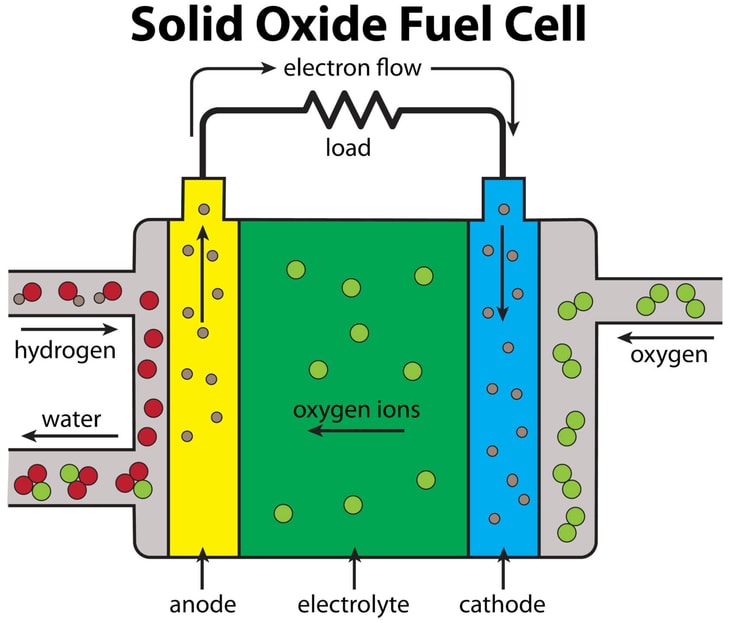Do lower temperatures hold key to releasing SOFC bottleneck?
Solid oxide fuel cells (SOFCs) are increasingly in the spotlight. Alongside their potential to generate electricity efficiently and reduce emissions, is their versatility, since they can operate on hydrogen, ammonia and natural gas.
Unlike batteries, which release stored chemical energy as electricity, fuel cells convert chemical fuel directly into electricity and continue to do so as long as fuel is provided.
While SOFCs are promising due to their efficiencies and long lifespan, one major drawback is that they require operation at high temperatures of around 700-800℃. Therefore, utility of these devices requires costly heat-resistant materials.
Now, publishing in Nature Materials, researchers at Japan’s Kyushu University report that they have succeeded in developing a new SOFC with an efficient operating temperature of 300℃. The team hopes their new findings will lead to the development of low-cost, low-temperature SOFCs and accelerate the practical application of these devices.
... to continue reading you must be subscribed
























